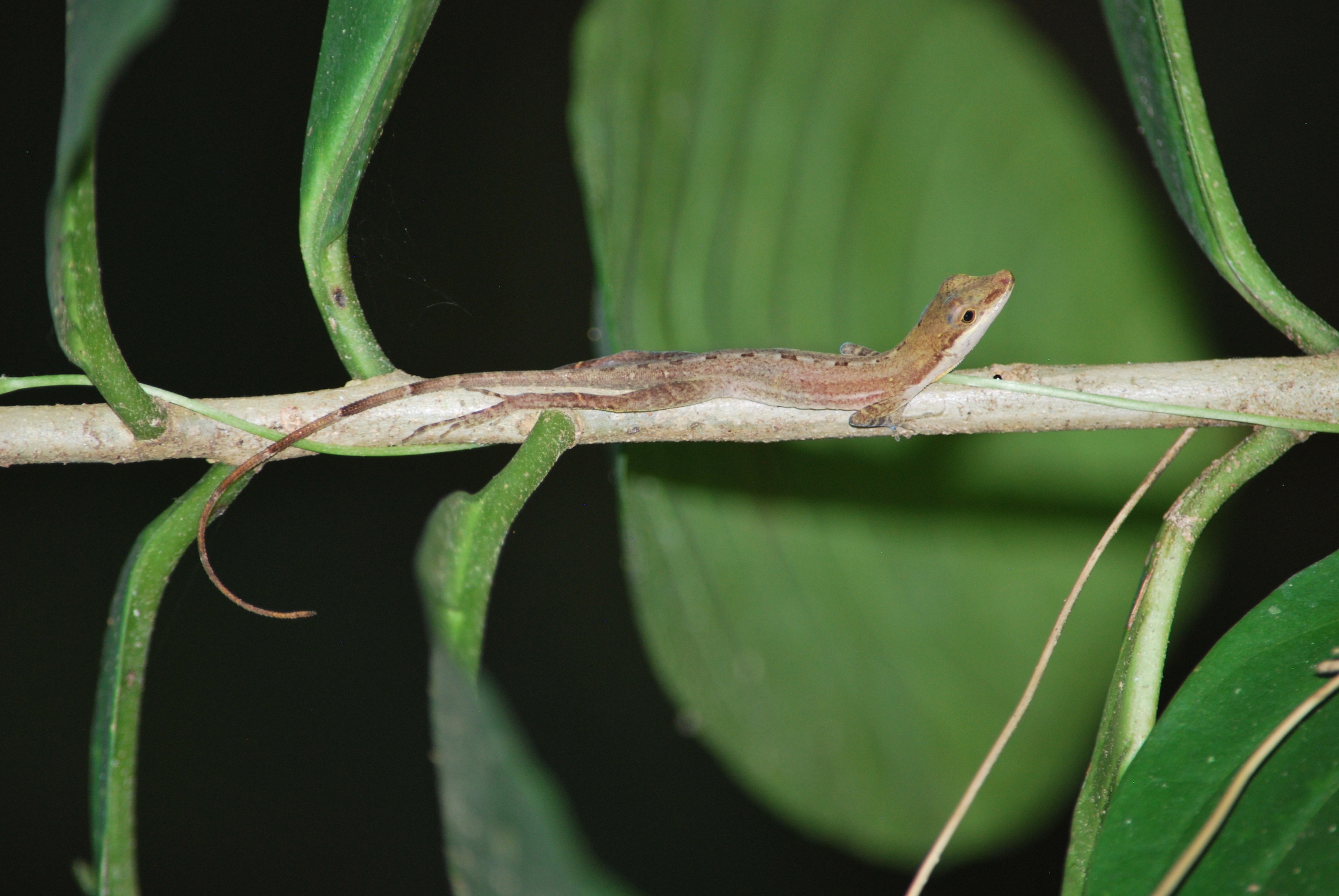
Why there are so many different species of lizards
While humans and other mammals can regrow skin, and birds can regrow feathers, lizards are able to regenerate entire structures – such as their tales. Furthermore, lizards represent a wide variety of species, ranging in size from the Komodo dragon to lizards smaller than your finger.
Across the Americas, a group of lizards called “anoles” have evolved in a similar fashion to Darwin’s finches on the Galapagos Islands. In total, there are over 400 species of anoles that have adapted to life on different islands and habitats on the mainland.
In order to further study the evolution of these animals, researchers at Arizona State University constructed a family tree for three lizard species collected in Panama at the Smithsonian Tropical Research Institute (STRI) and a fourth from the southeastern U.S.. The scientists compared lizard genomes to those of other animals.
Their results showed that changes in genes involved in the interbrain – which is where the pineal gland and other endocrine glands are located – for color vision, hormones, and the colorful dewlap male anoles use to attract females, may be linked to the formation of boundaries between species. They also discovered that genes regulating limb development evolved especially quickly.
“While some reptiles such as tortoises changed remarkably little over millions of years, anole lizards evolved quickly, generating a diversity of shapes and behaviors,” explains Kenro Kusumi, professor at ASU School of Life Sciences and corresponding author on the study. “Now that sequencing entire genomes is cheaper and easier, we discovered molecular genetic evidence for rapid evolution that may account for striking differences between bodies of animals living in different environments.”
The researchers are particularly interested in how reptiles’ genomes determine their ability to regenerate and develop a wide number of body forms. “This is the first time the complete genetic code – the genome – of any vertebrate species from Panama has been sequenced and analyzed,” says Oris Sanjur, Associate Director for Science Administration at STRI and co-author of the study. “Information from these three species is an important contribution to our understanding of biodiversity and the evolution of new species.”
The first and only other anole lizard to be previously sequenced was the green anole (A. carolinensis), which is the only anole species that lives in the U.S. In contrast, there are 40 species of anolid lizards living in Panama alone. Thus, it was important to sequence the three Panamanian species, as the U.S. species might not be very representative of the diverse anole group.
“For 15 years, an impressive amount of time and money poured into discovering the genomes of mammals, motivated by our drive to understand human evolution and to look for cures for disease. Even though the squamate reptiles include more than 10,000 species – almost double the number of mammal species – a single genome was not enough to understand the variability within this group,” says Marc Tollis, a post-doctoral fellow at ASU and first author of the report. “By comparing these four anole lizard genomes, we’re beginning to understand how one of the most diverse groups of vertebrates regenerate, develop and diversify.”
—
By Connor Ertz, Earth.com Staff Writer
Image Credit: Kenro Kusumi













